Last updated on September 30th, 2022
With the cases of diabetes hitting a record incline in recent times, because of a sedentary lifestyle and unhealthy eating habits, many alternative methods are being looked up. Well, India is not only the country with the highest number of diabetes cases, but it has also introduced the healing power of Yoga to the world. Surya Namaskar, aka Sun Salutation, is proven to be a helpful practice for diabetes patients.
Trying Yoga postures for a diabetic patient can really be impressive. It not only aims to unite the inner self with the spirit of the universe, but it can do way more than just relax your body and mind, especially when you are a diabetic patient.
If Yoga is mastered on a regular basis, it will help reduce your risk for other complications of diabetes, such as cardiac problems, etc. Here, we will be learning about how Surya Namaskar will be helpful for a person living with Diabetes, also known as a lifestyle disease.
Summary:
Apart from medical attention, addressing lifestyle and lifestyle changes is equally important. In this regard, performing pranayama, meditation, and yoga on a regular basis will help you lead a diabetic-free life.

Yoga A Day, Keeps Diabetes At Bay
Many researchers believe that Yoga helps in reducing the risk of Type 2 Diabetes and also keeps away many short-term issues on the disease like weight gain.
Yoga does wonder! So, if anyone at your home is suffering from Diabetes, you can suggest them to master Yoga, especially Surya Namaskar or Sun Salutation. Practicing this yoga also manages stress levels which is one of the major factors for the development of diabetes in a person’s body.
There are a few poses in it that aid in twisting and stretching the internal muscles that stimulate the endocrine system and pancreas. As a result, insulin secretion happens which helps in keeping the blood sugar levels in check.
Also Read: How to Lower Glucose Levels?

Surya Namaskar
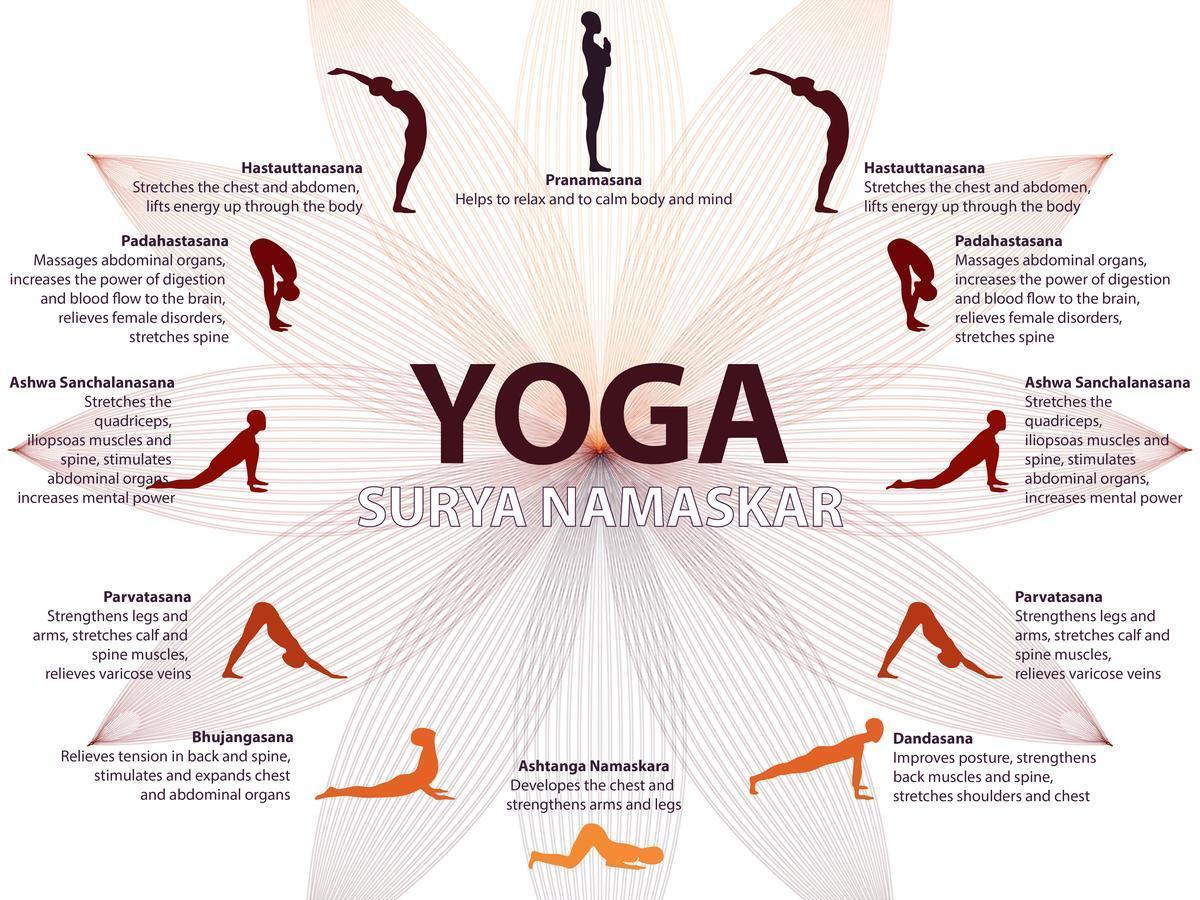
Surya Namaskar, aka Sun Salutation, is proven to be a helpful practice for diabetes patients. It promotes the flow of blood to the pancreas, eventually aiding in insulin production inside the body.
This Yoga exercise can be difficult for anyone who has just started his Yoga practice. Practicing, however, on a regular basis can be proved to be beneficial when it comes to managing Diabetes.
Sun salutation possesses 12 very effective yoga poses that positively impact the entire body.
Many studies believe that yoga practice for six months continuously can significantly reduce fasting blood sugar, markers of oxidative stress, and lipid levels. In comparison, if a person performs physical training then it could have an effect only on blood glucose.
Summary:
Surya Namaskar should be performed at a slow pace to get the major benefits. It is recommended to practice Surya Namaskar for at least 15 minutes daily, early in the morning on an empty stomach.
Keep These Points In Mind Before Performing Surya Namaskar:
Ensure to monitor heart rate and energy level while practicing Surya Namaskar. Due to changes in blood sugar levels, a person suffering from type 2 diabetes may feel light-headed or dizzy initially while performing sun salutation.
It is advised that practitioners should practice near a wall and immediately have a seat or lie down if the person feels dizzy or light-headed.
How To Perform Surya Namaskar?
One round of Surya Namaskar or sun salutation has two sets, with both having 12 yoga postures. You might find several versions on social media platforms about how to practice this powerful Yoga.
Not only performing Yoga helps in controlling the blood sugar level but it also provides healthy metabolism and blood circulation.
Follow These Steps To Perform Surya Namaskar:
Step 1: Pranamasana (Prayer pose)
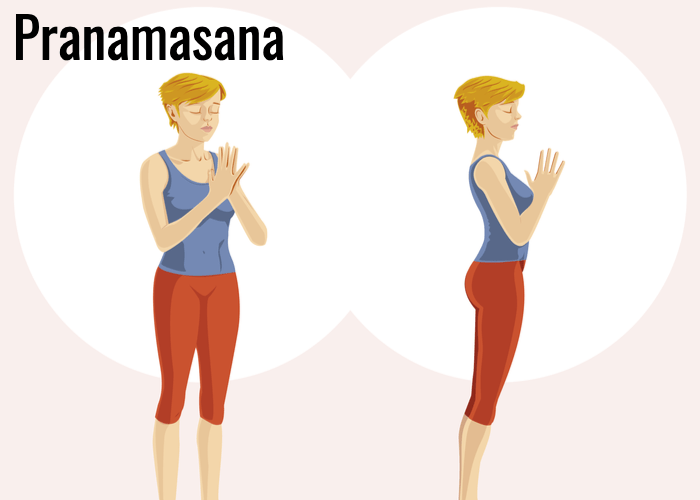
- Stand at your mat
- Balance your bodyweight equally on each of your feet while keeping them together
- Try to expand your chest
- Keep your shoulders relaxed
- Lift your arms upwards from sides while inhaling
- Take your palms in front of your chest while exhaling
Step 2. Hastauttanasana | Raised arms pose
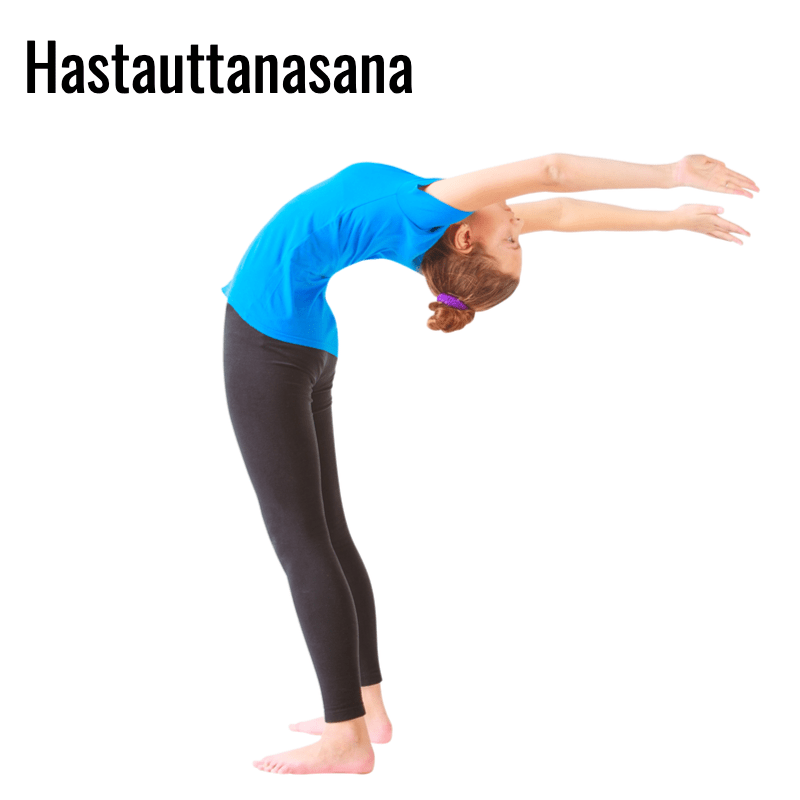
- While inhaling, lift your arms upwards towards your back
- Ensure keeping the biceps near the ears
- It is an effort to stretch the entire body upwards, starting from your heels to your fingertips
Step 3. Hastapadasana (Standing forward bend)
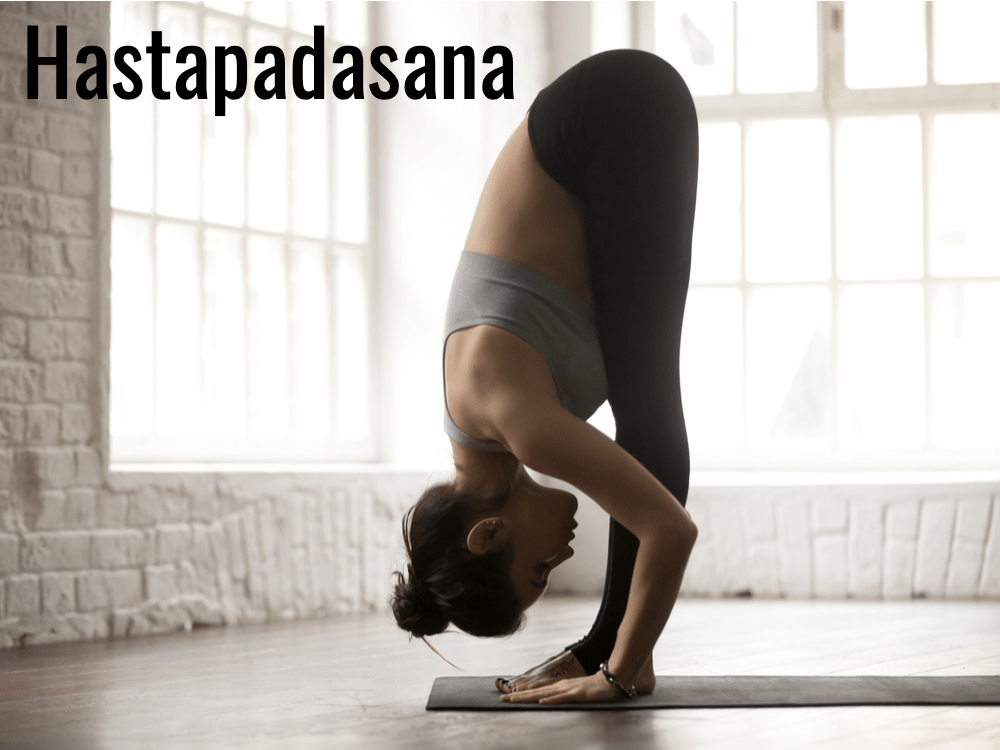
- Take a deep breath and lean forward from the waist and keep the spine straight
- Put your hands on the floor adjacent to the feet
Step 4. Ashwa Sanchalanasana (Equestrian pose)
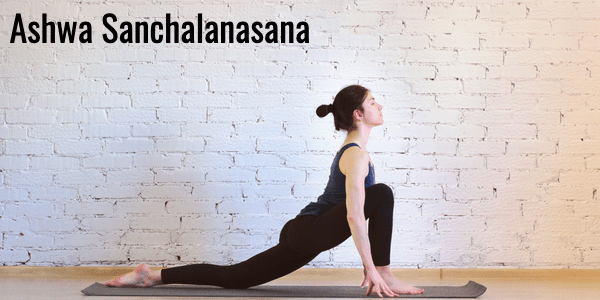
- While inhaling, try to push your right leg back, as much as you can
- Put the right knee on the floor and try looking up
- Make sure to keep the left foot right between your palms
Also read:- How does a1c measure 3 months
Step 5. Dandasana (Stick pose)
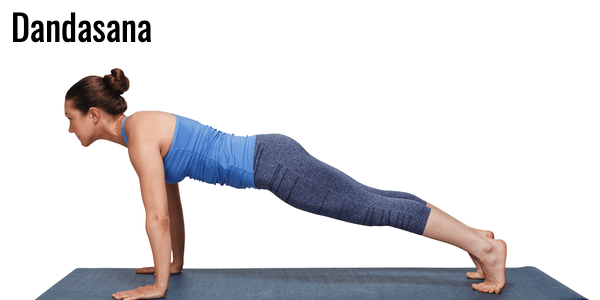
- Take the left leg back and straighten your entire body while inhaling
- Keeping your arms perpendicular to the floor can bring better results
Also Read:- Diabetes Diet Chart Indian
Step 6. Ashtanga Namaskara (Salute with eight parts or points)
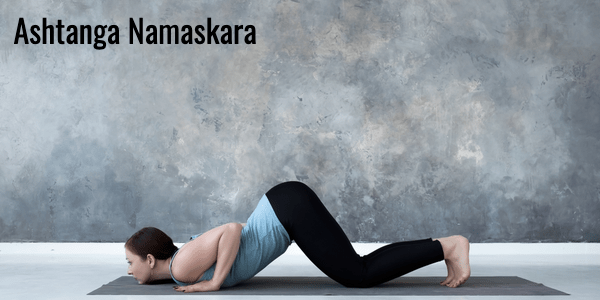
- Exhale while bringing your knees to the floor
- Push your hips back a little bit
- Put your chin and the chest on the floor
- Raise the back side of your thighs a little bit
- Make sure your hands, chest, feet, chin and knees (eight body parts) are touching the floor
Step 7. Bhujangasana (Cobra pose)
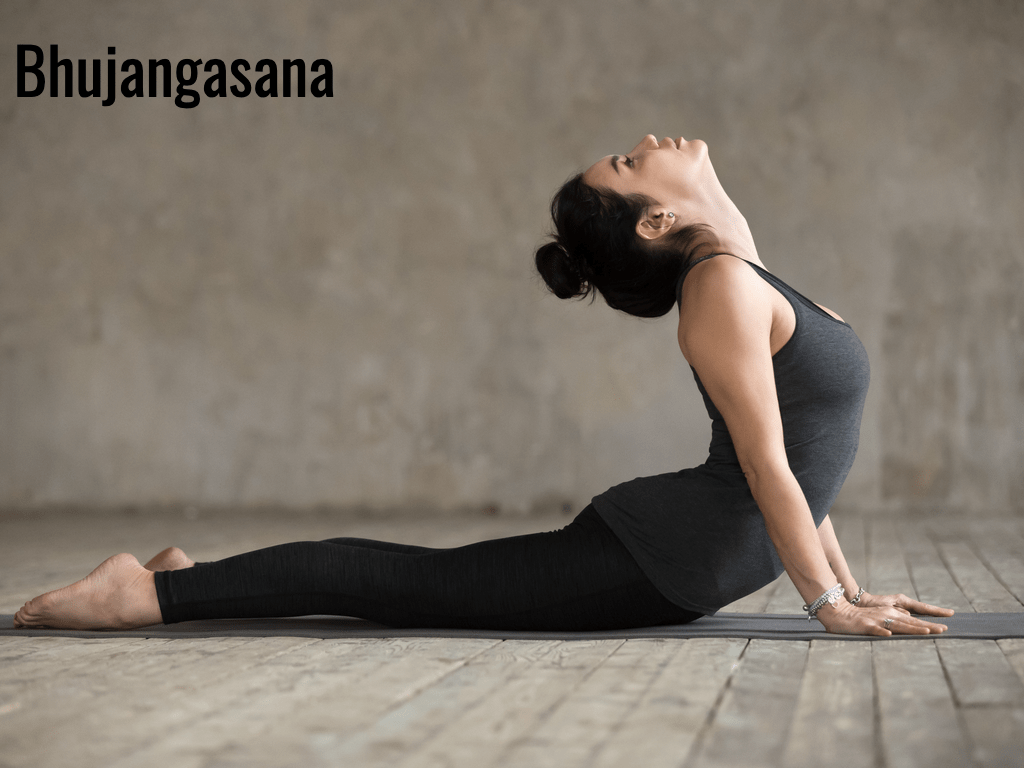
- Move your body forward and raise your chest up, making a cobra pose
- While keeping the shoulders away from the ears, bend your elbows
- Trying looking upwards
- Take a deep breath and push the chest forward, and as you exhale, gently push the navel down
- Keep the toes inside
- Without forcing your body, stretch as much as you can
Step 8. Adho Mukha Svanasana (Downward facing dog pose)
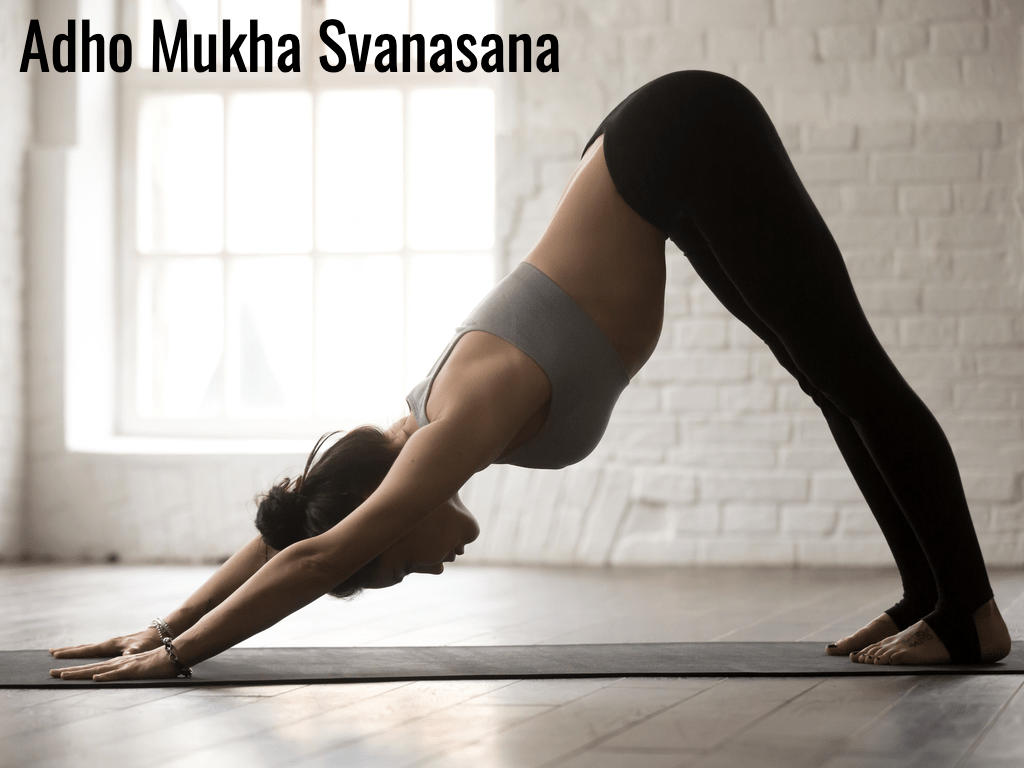
- Make an inverted “V” with your body by lifting your hips and tailbone up
- Try keeping the heels completely grounded
- Slowly try to raise the tailbone further while going deeper into the stretch
Step 9. Ashwa Sanchalanasana (Equestrian pose)
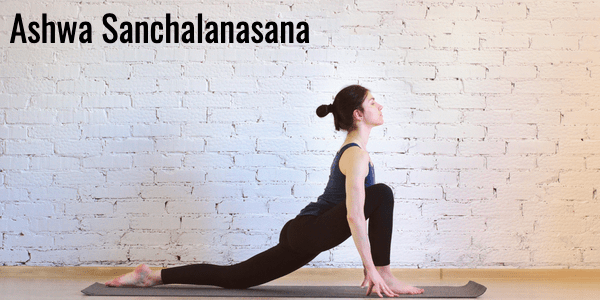
- Put your right foot in between the two hands while inhaling
- Put your left knee down on the floor
- Try pushing your hips downwards and look up at the ceiling
- Keep the right foot between the hands
- Also keep the right calf perpendicular to the floor
- To maximise the stretch, you can trying pushing your hips towards the floor
Step 10. Hastapadasana (Standing forward bend)

- Take your left foot forward while inhaling deeply
- Keep both the palms on the mat.
- Keep your knees straight
- Try touching your knees with your nose
- Keep breathing while doing this step
Step 11. Hastauttanasana (Raised arms pose)

- Bend the spine in the upwards direction while inhaling
- Keep your hands up and trying bending backwards
- Try pushing the hips slightly in an outwards direction
- Keep your biceps as close your ears as possible
Step 12. Tadasana (Mountain Pose)
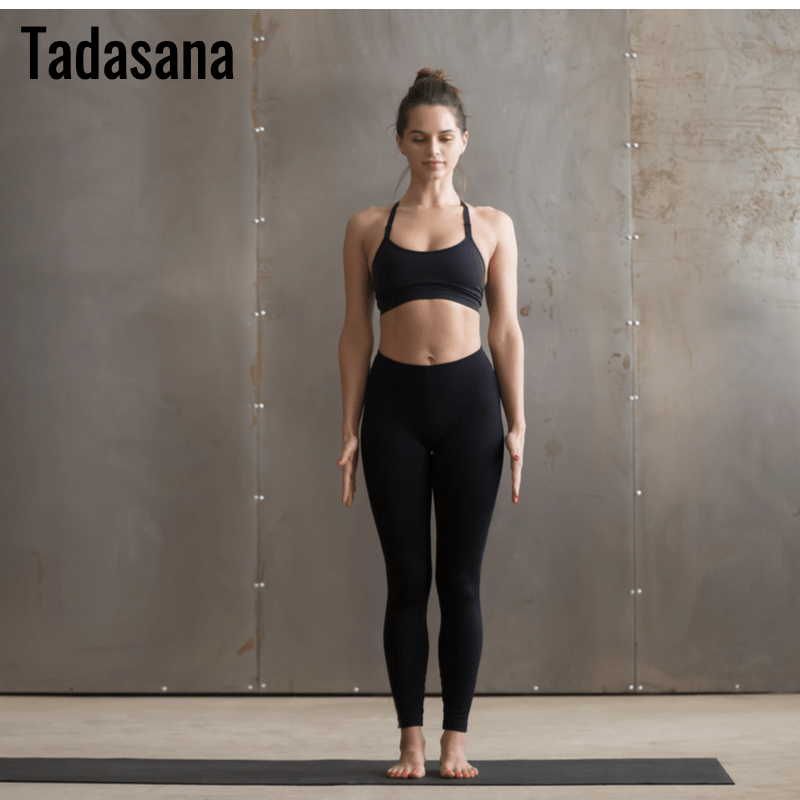
- Straighten your body and take a long deep breath
- Put down your arms
- Try relaxing your body, and feel the sensation
All these steps together complete one set of Surya Namaskar. It is advised to perform Surya namaskar two times in a day.
Also read:- Sugar level before and after food
Benefits of Surya Namaskar
Now, when you have learned how to master Sun Salutation, let us go through some incredible benefits of Surya Namaskar-
- Helps in maintaining cardiovascular health
- Stimulates the nervous system
- Boosts metabolism
- Stretches, flexes and tones the muscles
- Boosts cognitive functions
- Helps in managing blood sugar levels
- Aids in weight loss
- Promotes immune system
- Enhances overall health
- Makes the body stronger
- Relaxes the mind
- Keeps you peaceful throughout the day
Also read:- Glycosylated hemoglobin normal range
FAQs:
What is the best time to exercise for diabetics?
How can I quickly lower my blood sugar?
Exercising is the most effective way to lower your blood sugar levels. It may remain effective up to 24 hours or more. This happens because exercising makes your body more sensitive towards insulin. Moreover, physical activities also use up the blood glucose to keep the body energised.
Should diabetics avoid the sun?
Diabetes makes you more vulnerable in terms of suffering from diabetic retinopathy. Hence, people with diabetes should avoid sun exposure to protect the retina from getting damaged.
Which exercises are the best for diabetics?
There are plenty of exercises you can practice daily to control diabetes effectively. Cycling, swimming, yoga, team sports, aerobic dance weightlifting, resistance band exercises. Calisthenics, and Pilates are some of the options you can pick from.
Can yoga cure diabetes permanently?
Diabetes is an incurable disease but can be controlled to a great extent by Yoga if practiced correctly and regularly. Apart from Surya Namaskar, asanas like Pranayam and Kapalbharti can also produce great results in controlling the disease. Practicing these asanas for 15-30 minutes on an empty stomach can help in controlling high-level sugar easily.
References:
- https://www.artofliving.org/in-en/yoga/yoga-poses/sun-salutation
- https://www.mokshamantra.com/yoga-for-diabetes-high-blood-sugar/
- https://timesofindia.indiatimes.com/life-style/health-fitness/health-news/can-diabetes-be-cured-by-yoga/articleshow/62524493.cms
- https://www.healthline.com/health/type-2-diabetes/top-exercises
- https://www.diabetes.co.uk/diabetes-and-sun-protection.html
- https://www.healthline.com/health/diabetes/how-to-lower-blood-sugar-quickly-emergency
- https://health.clevelandclinic.org/exercise-and-your-glucose-levels-does-timing-make-a-difference/
Disclaimer
This site provides educational content; however, it is not a substitute for professional medical guidance. Readers should consult their healthcare professional for personalised guidance. We work hard to provide accurate and helpful information. Your well-being is important to us, and we value your feedback. To learn more, visit our editorial policy page for details on our content guidelines and the content creation process.

 English
English











